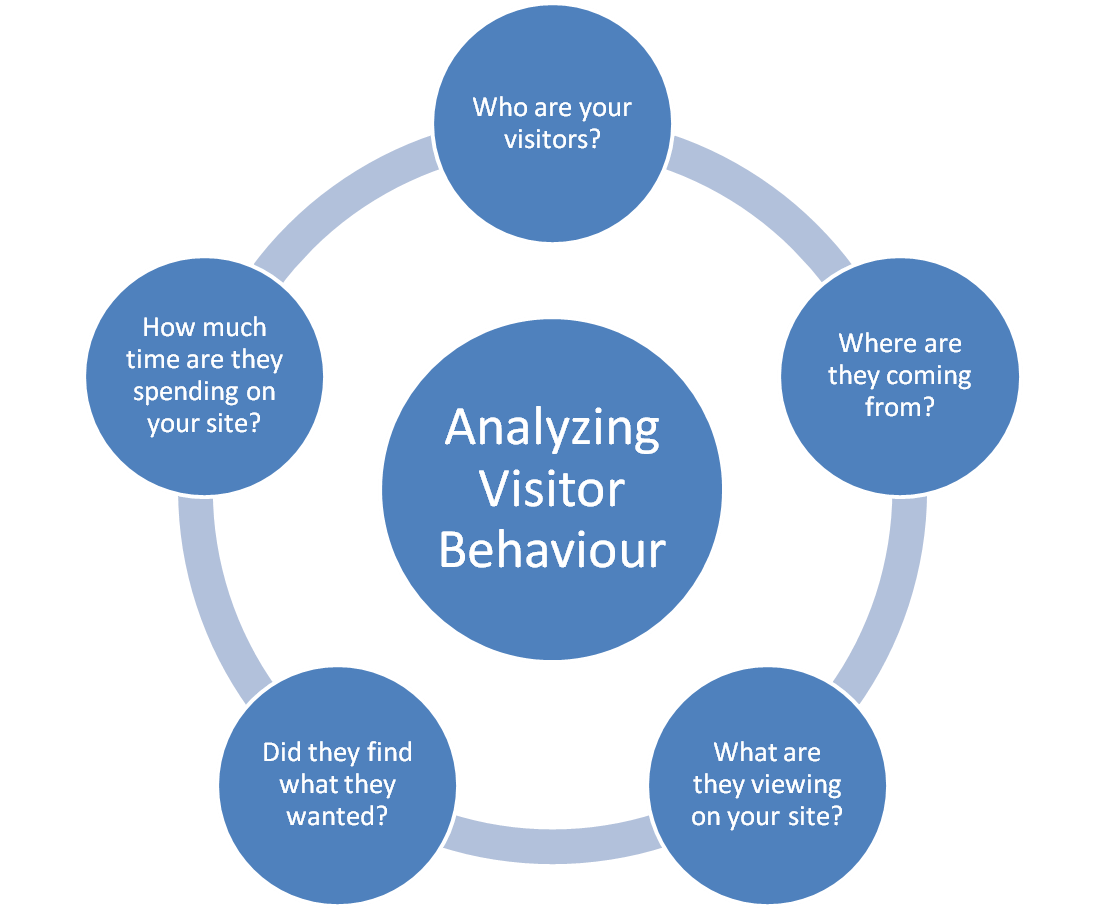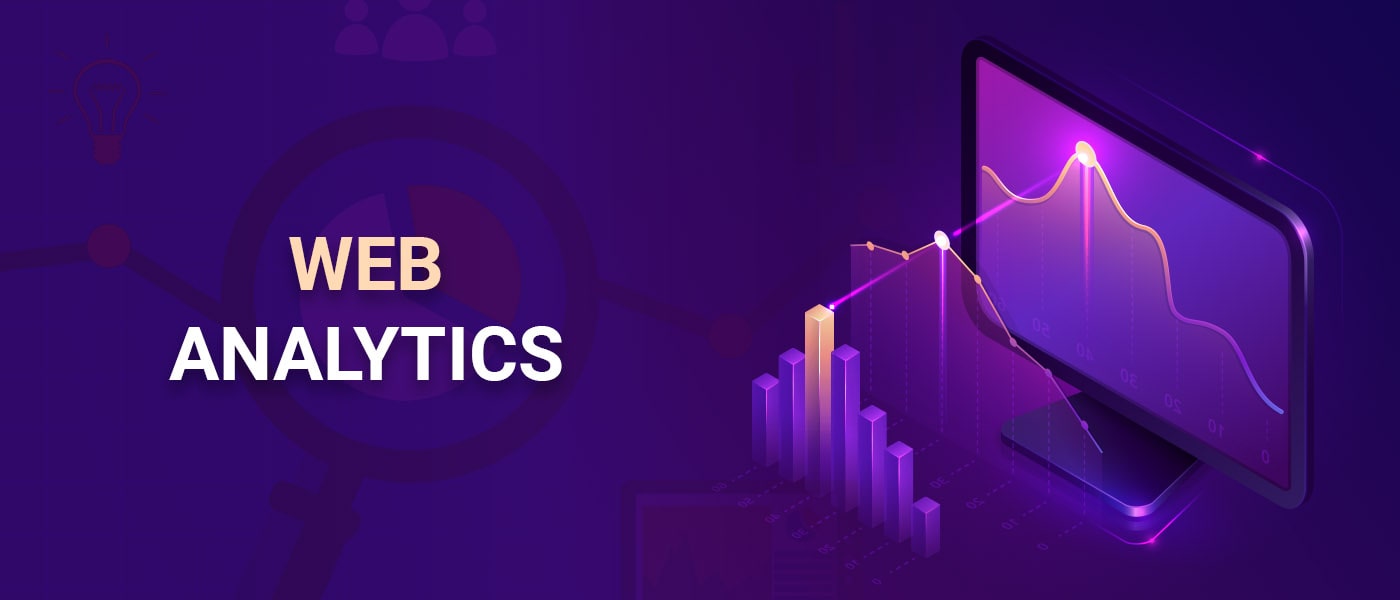It’s simply defined as the process where the web data is analyzed and measured to get a better understanding of the user.
What is web data?
Let’ start from scratch.
Every organization has a website. Now why do they have?
While the large enterprises mainly have it to increase the brand recall, improve the company’s credibility, have more constructive conversions, etc. SMB’s have it to improve their sales and revenue. The more the number of visits to the website the higher the chances of conversion.
Do all visitors get converted?
Not really…
A specific number are stray visitors; if you exclude them, there would be a reasonable number of visitors who are serious about your service. But still, there are chances they won’t purchase your service.
Web analytics gives insights into these customers’ behavior, and helps you get the answer to why didn’t they purchase?

How does web analytics work?
The process involves collecting the large data, leading it to processing and analyzing purpose. The entire approach is executed mainly so that you understand whether you’re going in the right direction.
As they say, what’s the point in running when you’re running in the wrong direction?
You can see in the image, the things that you can analyze in visitor’s behavior are “what are they viewing on your site,” “where are they coming from,” “who are they,” “how much time they are spending on the website,” and finally “did they find what they wanted.”
The steps that you need to follow are:
Data collection: You can’t analyze the data, if you don’t have the right collection of data. The more quality data that are essential to finding the exact reason behind the outcome, is amassed in this process.
Data processing into information: Now here the data is processed into information. In this stage metrics are used, data is segregated and measured.
The key performance indicator: This is a measurable value that shows whether the company is achieving the business objectives effectively. The key performance indicators help give you the right insights whether the marketing process is delivering the results as targeted for.
Strategy formulation: It is the final part, where after analyzing the entire metrics, you come up with the strategy that could give you the right results for your organization.
Web analytics and marketing campaign:
There is an entire list of advantages you have after integrating this process.
You can understand how after every marketing campaign, the traffic to your website changes. You would have surely seen this change. If it is giving good changes, cheers; otherwise, you need to look into the matter. For example, after the campaign, the number of targeted customers visiting your site should increase, the number of sessions should increase and overall, the traffic should significantly increase.
The whole process helps marketers, plan the best way for their next marketing campaign, which means they can plan the strategy to be used for targeting the right customer for conversion.
The benefits of web analytics are:
- You can track the conversion rate optimization
- Find the right target audience
- Track the bounce rate
- Track the marketing campaign
- Improve the web services
- Track the business goals
Conclusion:
The web analytics paves the path to run in the right direction so that your efforts aren’t wasted. With the right information, a marketer can decide whether they should execute more email campaign or social media campaign for their business. As the same strategy doesn’t work for every business, web analytics guide you to find the right trick.
Who would like their hard work to fail?
Nobody!!!

